Keegan Hirst on rebuilding his relationship with his body after cardiomyopathy and heart failure (EXCLUSIVE)
"I found myself at a crossroads: would I succumb to the dread and be disappointed and disgruntled with this diagnosis? Or would I allow myself curiosity and excitement for what lay ahead?"
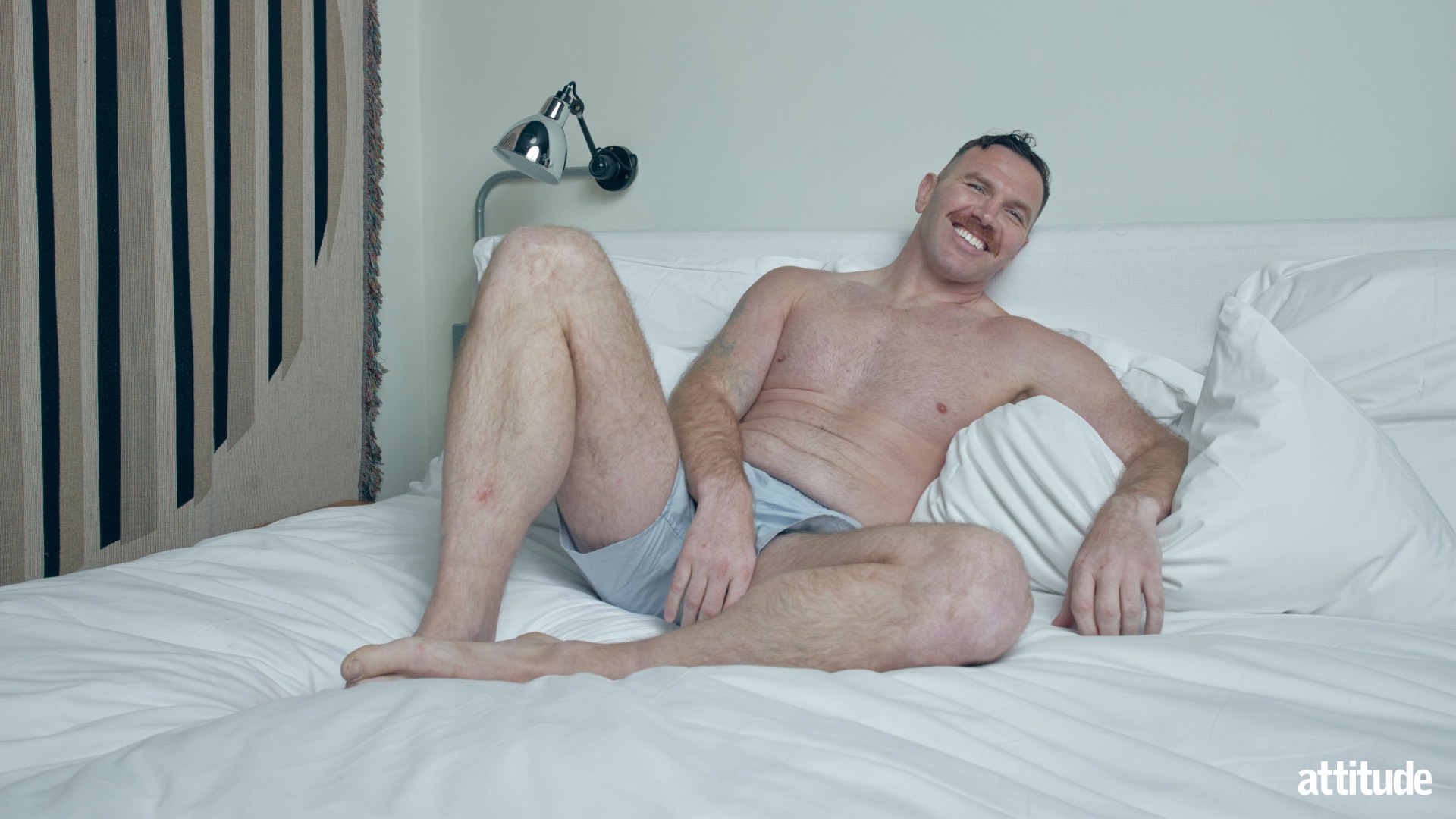
After Keegan Hirst retired from his career as a professional rugby league player, he reinvented himself by founding Gay Man’s Coaching and beginning his Happy Healthy Homo podcast. But when a bolt-from-the-blue diagnosis turned his life upside down, he was forced to rebuild his life and his relationship with his body. Here, the 37-year-old sporting veteran shares his inspiring story with Attitude, while posing for a photoshoot shot at One Hundred Shoreditch hotel in London…
Something is wrong. It’s autumn 2024, and I’m running through Scarborough with my partner Joel and our two dogs, Fen and Ava. Keeping my health and fitness in check is nothing foreign to me. Even though I had to redefine my relationship with exercise after retiring from professional rugby in 2023, movement and physicality are concepts ingrained into my being; it’s been my way of life for as long as I can remember. But right now, I can feel that my body isn’t responding to the calls I am making.
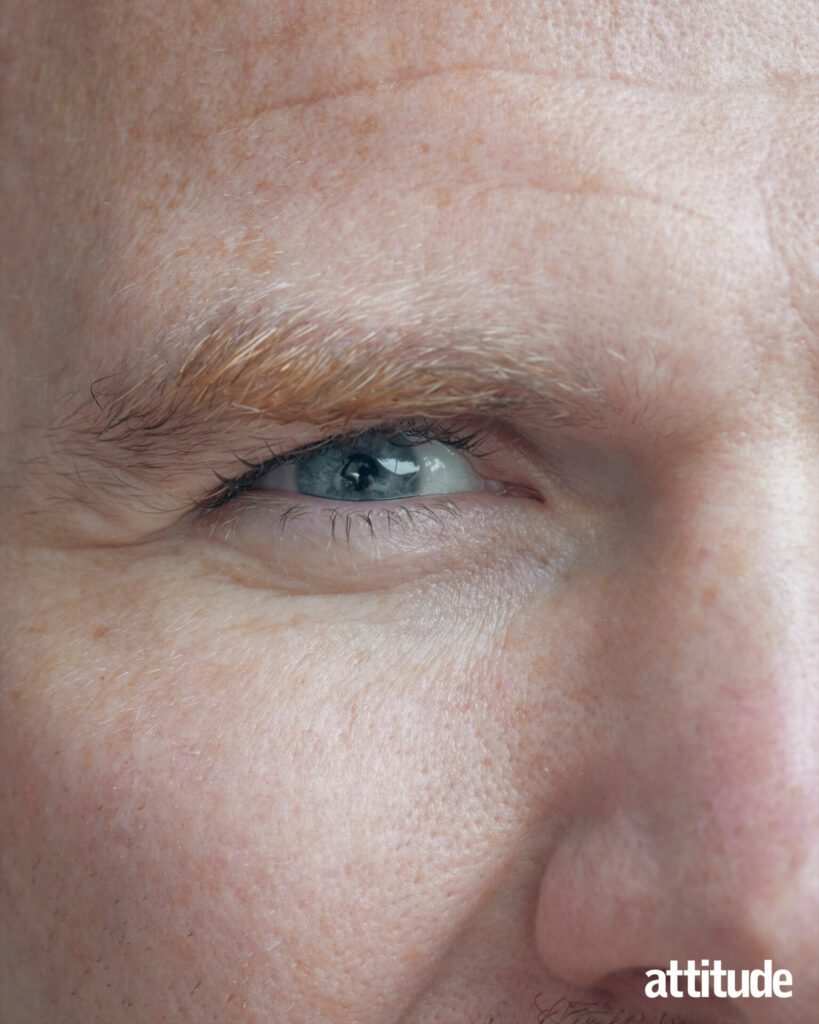
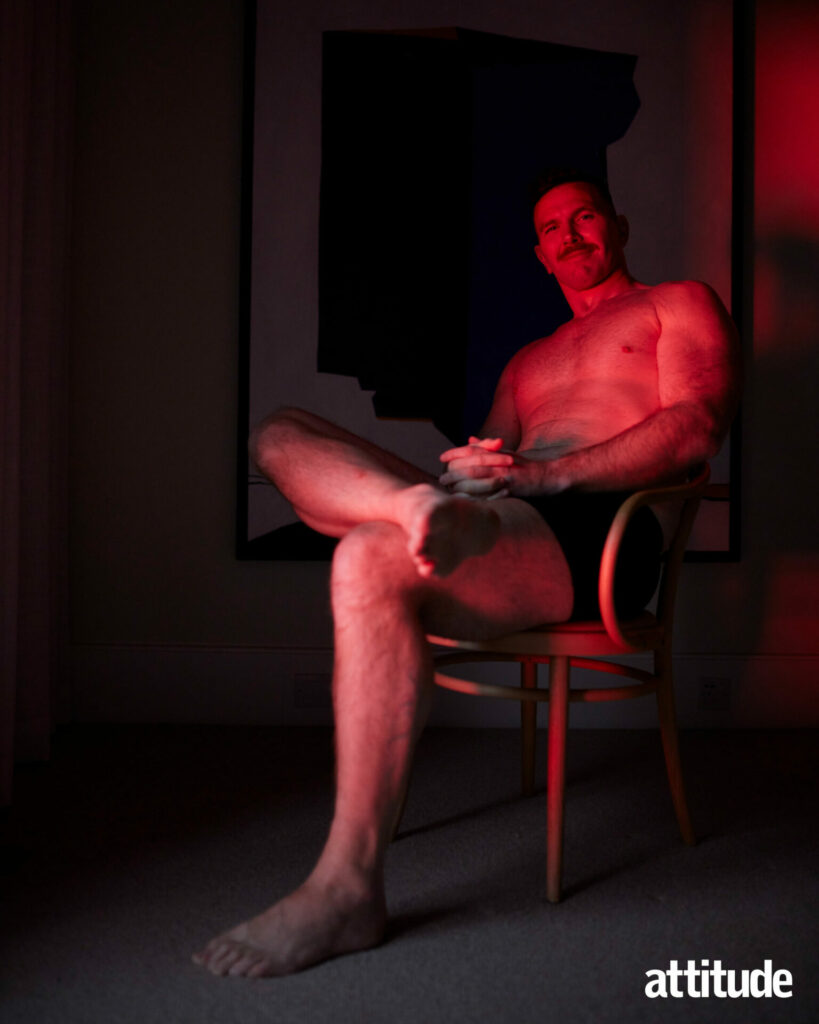
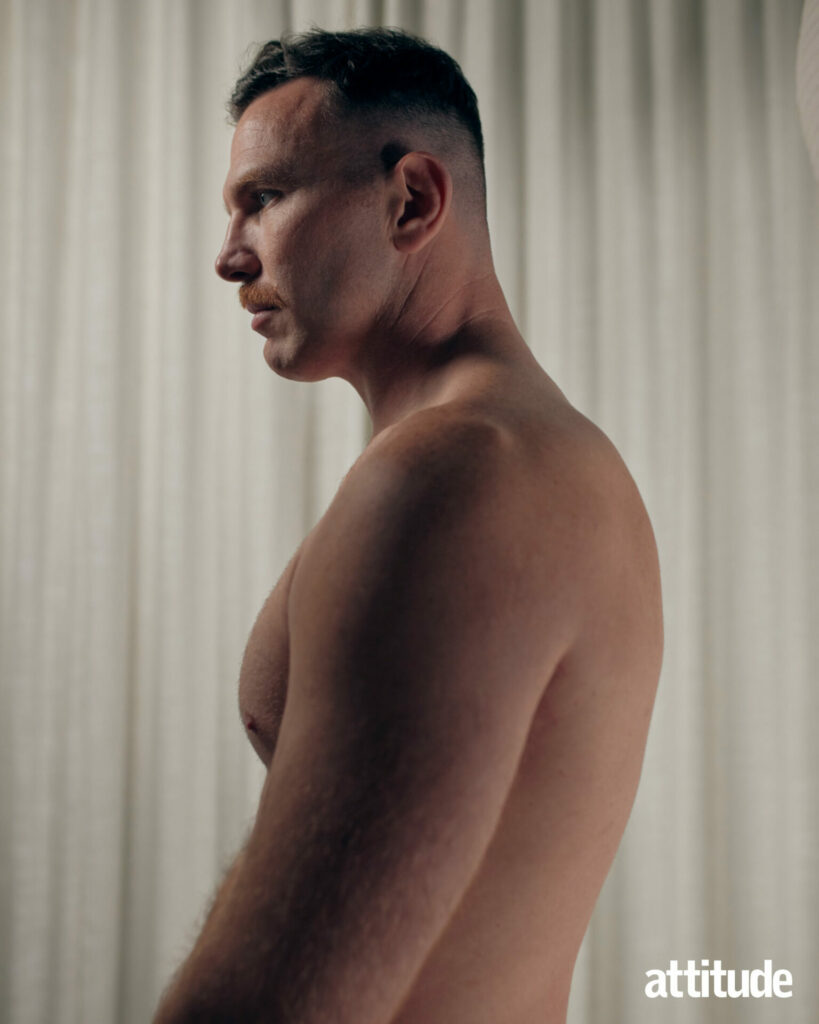
“Joel, can you slow down a bit?”
“Honestly, if I slow anymore, I’ll be walking,” Joel utters without catching a breath.
Something is definitely wrong.
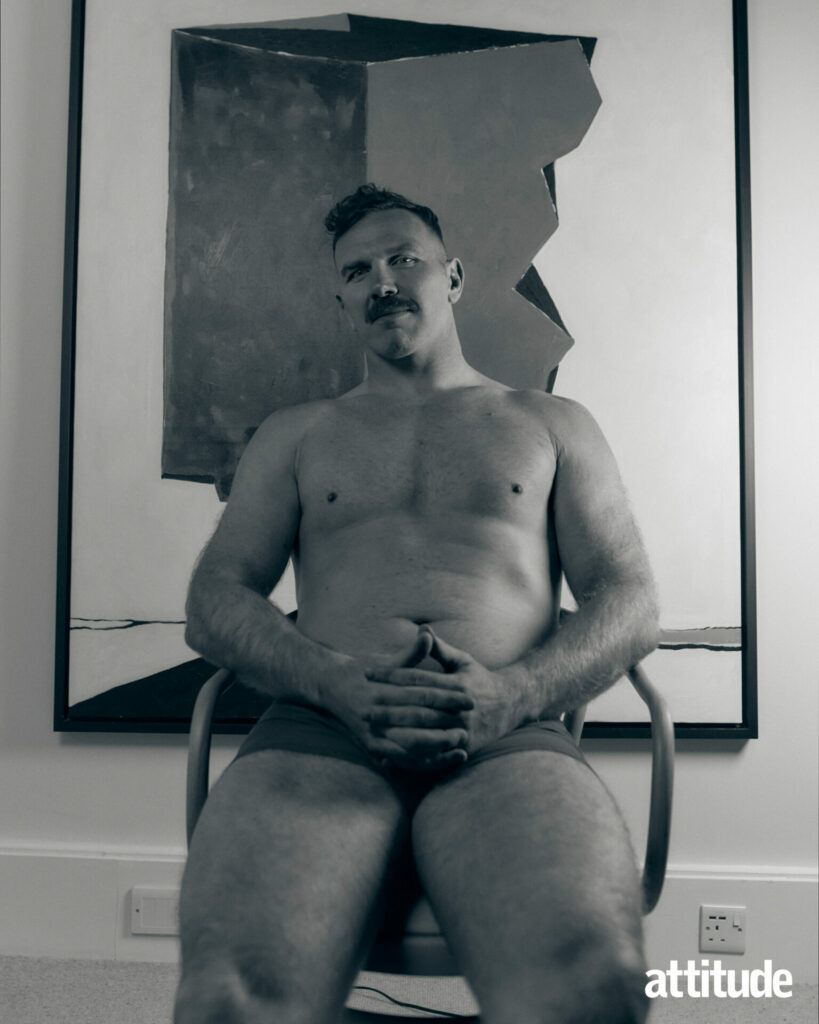
I’m now at the doctor’s, waiting nervously for the results after a series of tests and discussions. They believe it’s angina. It’s not. One wrong diagnosis later, they confirm that I have dilated cardiomyopathy and heart failure. Confusion and uncertainty set in, but it is the anger I notice. My body has been an instrument, a tool, a vessel for progression my entire life — I’ve even made a career with its aid. From rugby to now working as a personal trainer, it’s never been an ornament but a working machine. How could this have happened to me?
I’m told that a healthy body is expected to have an ejection fraction — how much blood your heart pumps with each beat — of between 60–80 per cent. Mine is at 20 per cent. It’s strange; I was certain I had a healthy body. I think back to every out-of-breath run, the growing struggle when walking up the stairs, the gradual deterioration of my training sessions in the previous few months, and my unwavering certainty that all of this was just a chest infection too stubborn to clear despite the lack of cough or symptoms. Oh, how wrong I was.
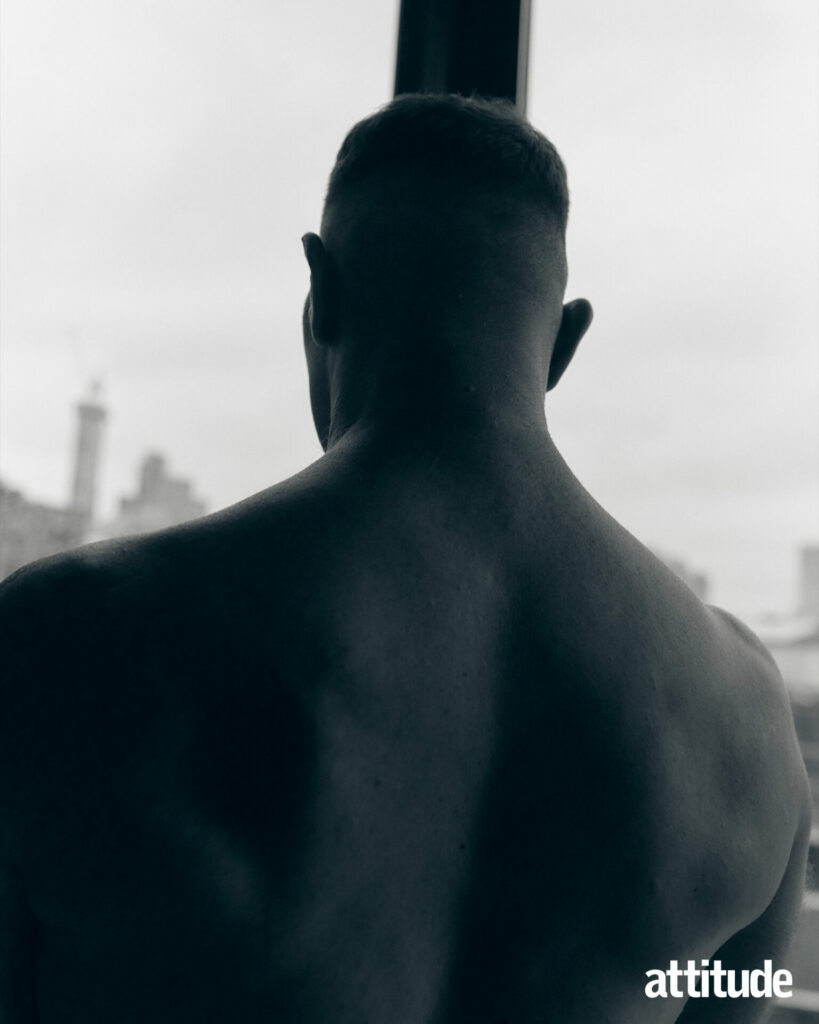
Once the anger had subsided and I stopped pushing for reasons why — something the doctor said would never be answered as it likely stemmed from a viral infection that never fully disappeared — I shifted my focus. I have always put others’ needs before my own, so I began to get my affairs in order should the worst come about. A will, insurances and trusts were organised, and my family became my priority as I tried to bring myself peace of mind. Perhaps this was me denying the reality of the situation, pushing it all aside to avoid thinking about the next steps or how life would now look for me. Quite possibly, but these decisions were important.
I now look back on those moments after my initial diagnosis and thank myself for dedicating my life to physicality and training; without it, I wouldn’t have the knowledge of how my body performs and I might not have noticed those early signs of fatigue. I found myself at a crossroads: would I succumb to the dread and be disappointed and disgruntled with this diagnosis? Or would I allow myself curiosity and excitement for what lay ahead?
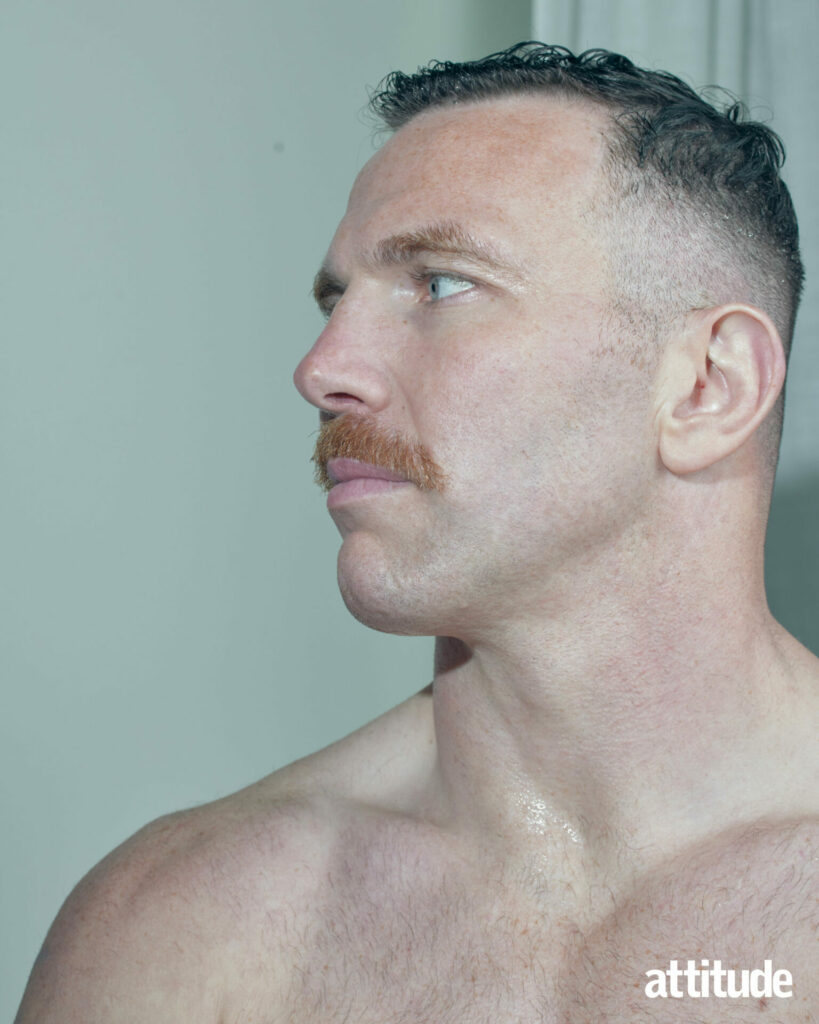
It was here that I realised the need to reframe my outlook towards the disease, my future and the opportunities that might lie ahead of me if I allow space for them to appear. I decided to broaden my horizons and, once again, tweak my identity.
To read Keegan’s Attitude cover interview in full, check out issue 365 of Attitude magazine, available to order here, and alongside 15 years of back issues on the free Attitude app.
